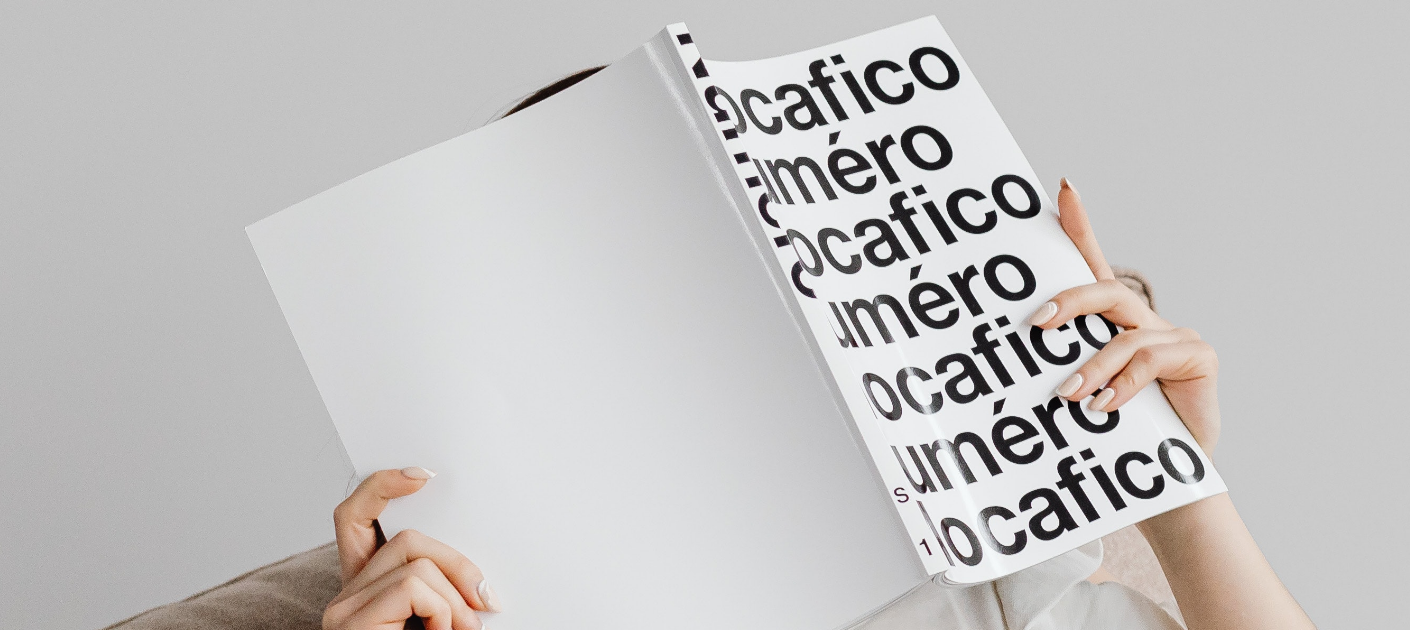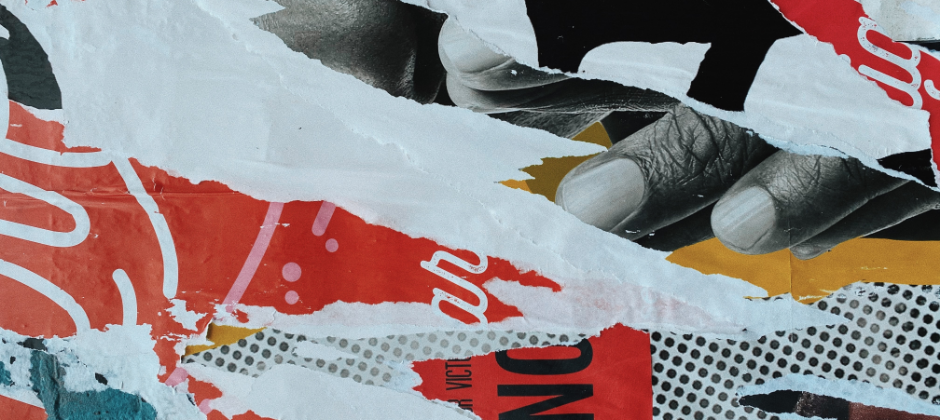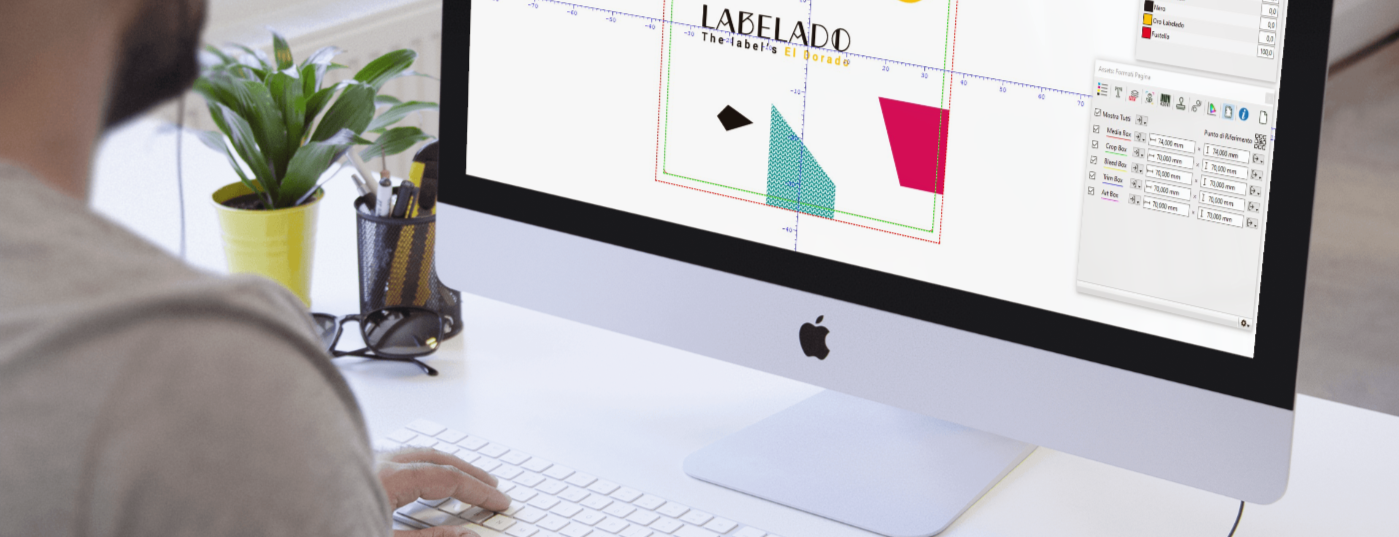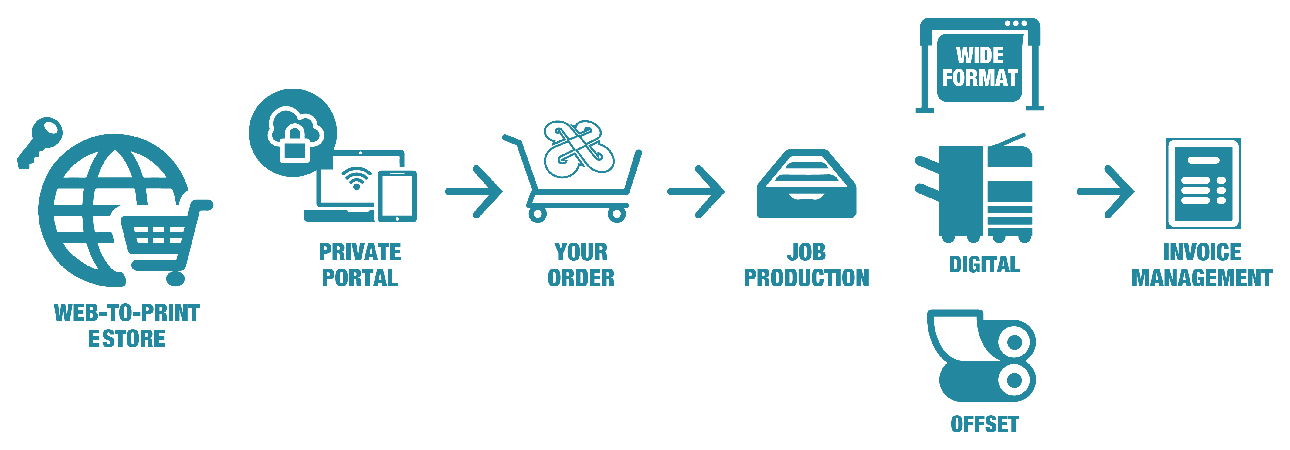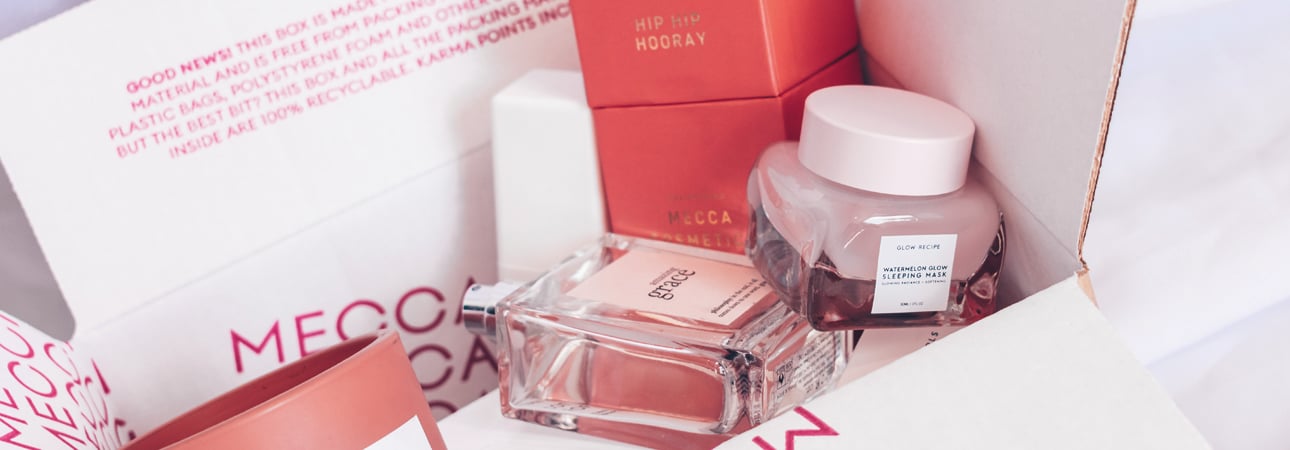Did you like the article? Share it!
The Complete Guide to Coated Paper
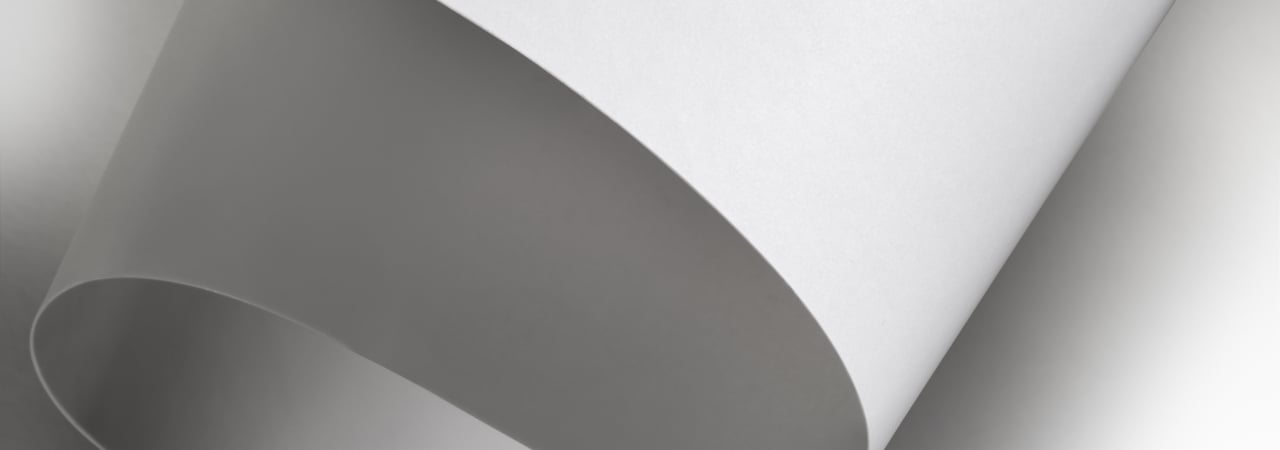
Today we define everything there is to know about coated paper in the world of printing, bearing in mind that coated paper is the most widely used paper for printing labels, packaging, brochures, flyers, business cards, magazines, etc.
Definition and how it is produced
As the name implies, coated paper is paper coated with a coating in the form of a varnish, which can be spread on both sides of the paper. The patina or varnish can be glossy, matte or satin. The coating ensures a smooth surface that allows for excellent printing results, especially a level of color rendering and resolution. This is due to the fact that the coating does not allow the ink to be absorbed in depth.
Coated paper is produced by coating cellulose paper with a coating consisting of smoothing substances, water and additives (pigments can also be added to change the whiteness).
Choice of Colors
The Pantone Colorbook in the Coated version is used to choose the colours printed on the coated paper. To have the brightest colours possible, it is recommended to print on glossy coated paper, further varnished glossy to create an important shiny effect. If, on the other hand, you want to obtain an opaque effect but keep the colours bright, we still recommend starting with a glossy coated finish and then painting it once printed with opaque varnishes. If you want to know more about the difference between Coated and Uncoated Pantone colours, read our article.
Degree of Lucidity
To determine a scientific level whether a coated paper is glossy or matte, it is necessary to see on its technical data sheet or to measure its degree of gloss with a gloss meter.
A glossy coated paper has values between 50 and 80 gloss, satin between 20 and 40 gloss, while a matte paper has values between 10 and 20 gloss.
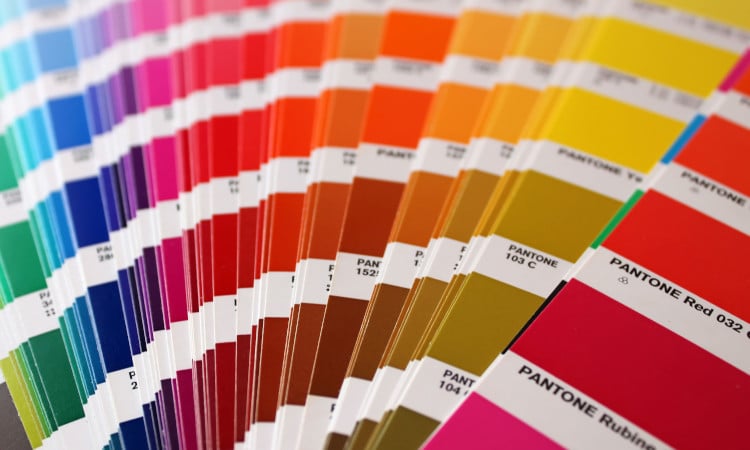
How to print coated paper
Due to its versatility, coated paper can be printed with all known printing systems, to name a few: Offset Printing, Flexo Printing, Rotogravure Printing, Digital Xerographic Printing, Digital Inkjet Printing etc.
Overprintable
Coated papers are smooth in the case of boxes and labels also for the final customer to be printed at home with overprinting machines without any particular problem; both ribbon printing and solvent inkjet printing allow for excellent overprinting results.
A matte coated paper is recommended for best results, as varnishing helps thermal transfer inks and ribbons to take root.
Uses based on weight
Based on the type of weight of coated paper we can divide it used into:
- 70-90 gr Adhesive Labels and Paper and Glue
- 115 gr Flyers
- 135-170 gr Leaflets and Posters
- 250 gr Small format boxes or material for tight-on-stretch box coupling
- 300 gr. Small format boxes or Business Cards
- 350-400 gr Medium format boxes
- 115 gr Flyers
- 135-170 gr Leaflets and Posters
- 250 gr Small format boxes or material for tight-on-stretch box coupling
- 300 gr. Small format boxes or Business Cards
- 350-400 gr Medium format boxes
Cost
Coated paper is renowned for its very affordable costs and is excellent for entry-level print productions and large runs for large-scale distribution. Even in the world of adhesive labels, this product manages to have a more advantageous price than plastic.
Sustainability
Modern paper suppliers certify some coated papers as FSC (forest stewardship council), i.e. they certify the paper in question as being produced under the responsible treatment of forests and its pulp production.
Special finishings
The coated paper lends itself to being printed as well as with colours with various finishes. Among these, we mention hot foil, drip-off painting or spot painting to highlight some details. Screen printing for adhesive labels and product boxes is also perfect for giving a sense of tactile relief to the printed product.
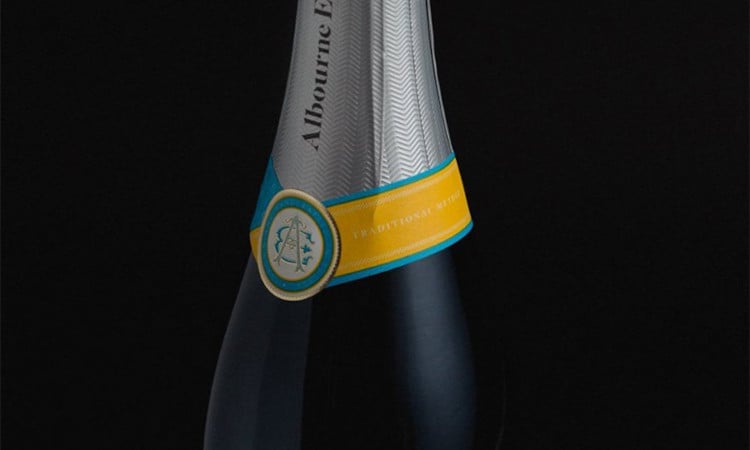
Special uses
Some particular types of coated paper are "frayed". These papers are generally referred to as Neck Label. They are suitable for adhesive labels for bottles, labels that must be adhered to a curvilinear and irregular surface such as the bottle's neck.
When to use coated paper
With all this information, we can say that the coated paper "shines" in the processes where there are high-resolution photos, illustrations and very bright colours; its smooth conformation allows these colours to appear sharp and vivid.
Next

